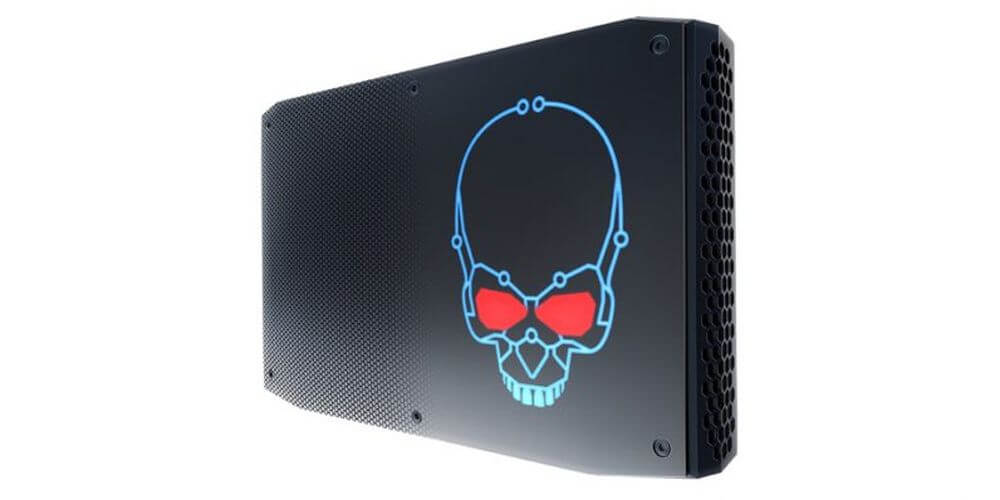
Virtual reality is quite demanding on computer hardware due to the fact that it is necessary to display simultaneously two images of each eye at a high frame rate. That is why while selecting VR Ready computer is its compactness, as a rule, is not. However, Intel decided to challenge myself to solve the problem on their own, presenting at CES 2018 with a compact computer to play the VR content.

Two new models VR Ready of the Intel computers are named NUC8i7HVK and NUC8i7HNK (NUC – the acronym for Next Unit Computing). They are based on the i7 processor 8-th generation, and enclosure sizes comparable to a human hand. Central processors complemented by the built-in ones graphics AMD RX Vega M, which allows to eliminate the need for bulky video cards. The model is equipped with GPU NUC8i7HVK Vega M GH with a large number of computing units, a higher clock frequency and overclocked. And the model NUC8i7HNK equipped with more simple GPU — Vega GL.
Intel representatives argue that Vega GH provides significantly better performance if you compare it, for example, with NVIDIA cards GTX 1060. The model Vega GL performance comparable to the GTX cards 1050. Both compact computer provide in contemporary video games like Doom VFR (which we told you not so long ago) output 1080p pictures at a frame rate of 60 fps. But, of course, the test hardware new Intel NUC production with real VR-benchmarks will only be possible after they go on sale.

Body computers contain ports Thunderbolt USB-C, Gigabit Ethernet port, Mini DisplayPort, USB 3.1, HDMI, and 3.5 mm plug for speakers and microphone. Intel representatives argue that the older model can support output images simultaneously on six screens. While the company did not disclose the value of compact computers, but most likely, it will be known in the coming months, as the date of receipt of them available for sale.
#CES 2018 | Intel introduced the compact computer for virtual reality
Sergey Grey